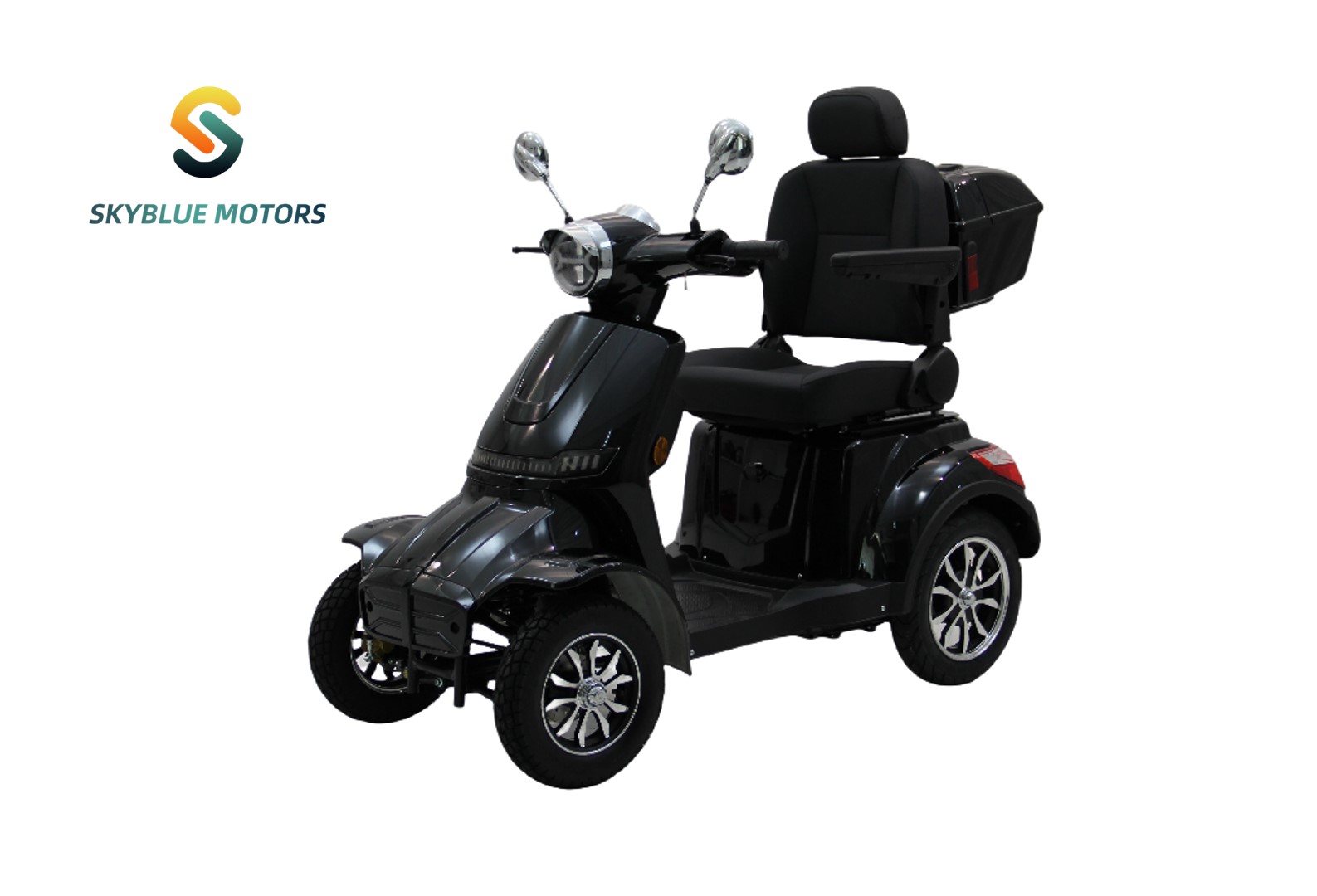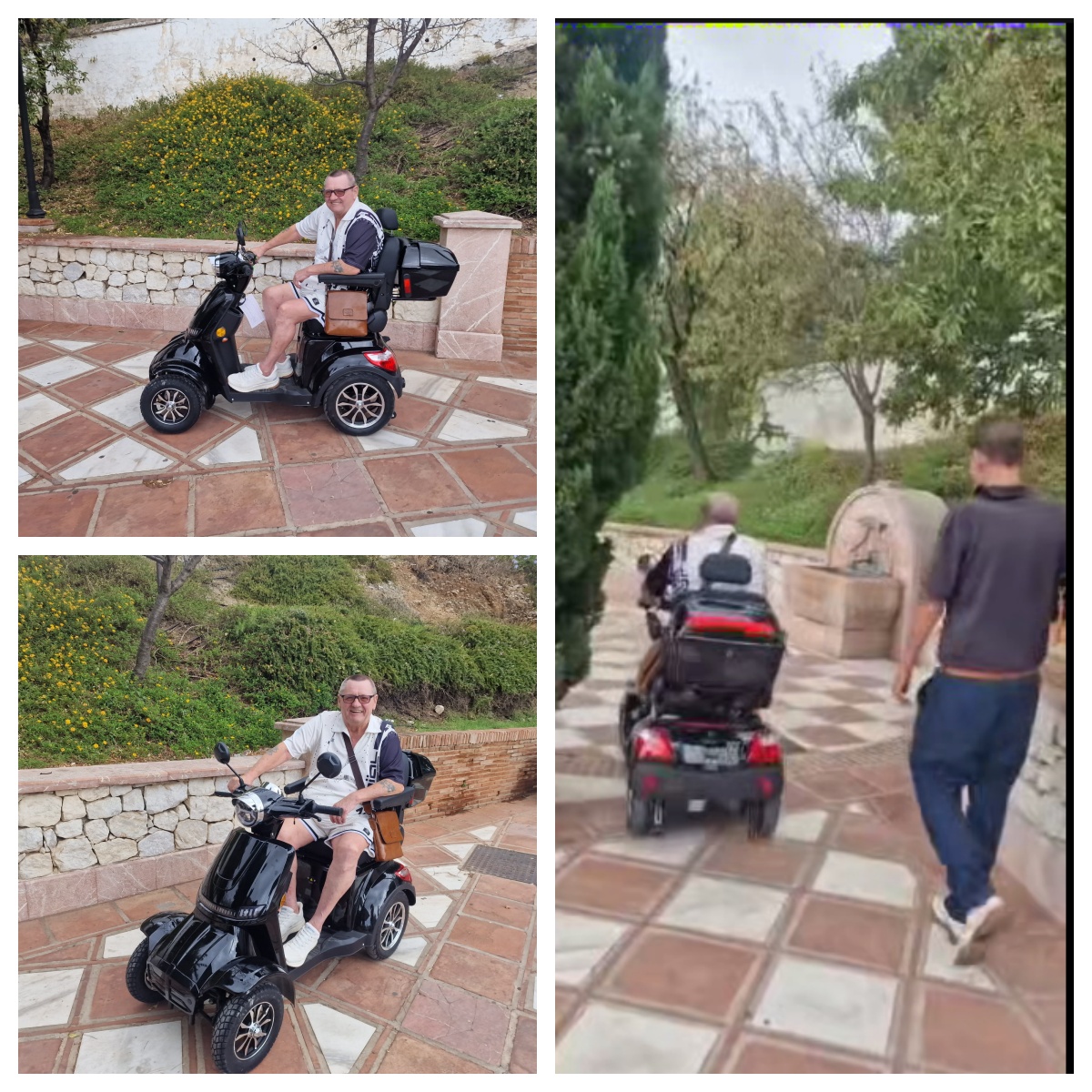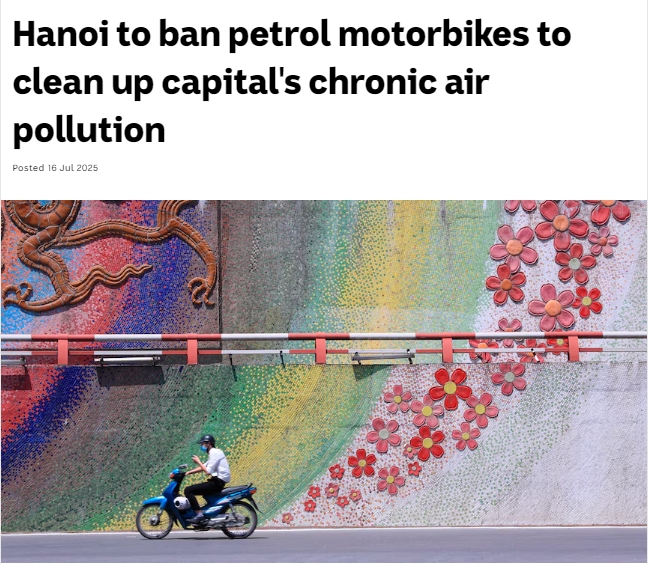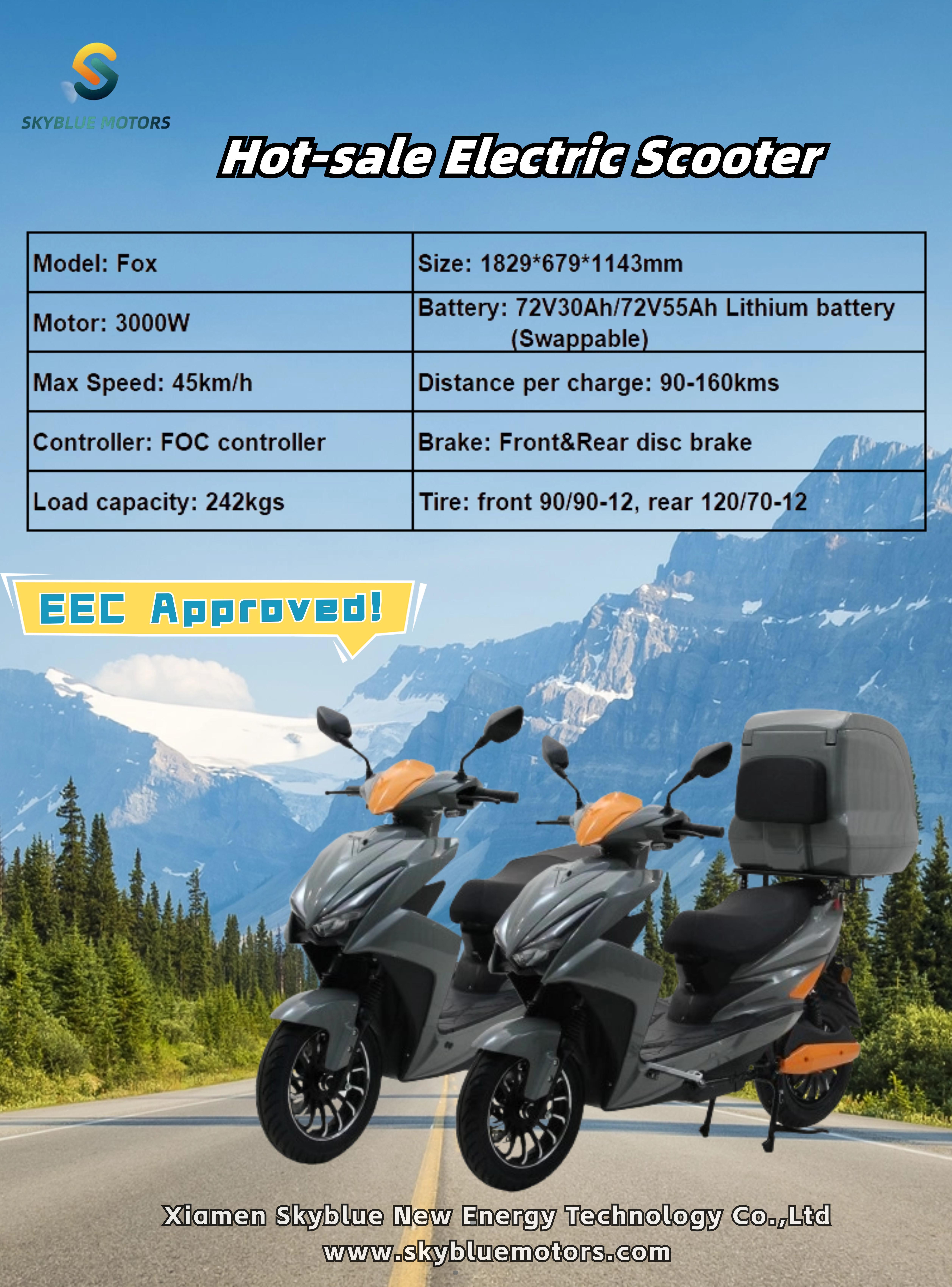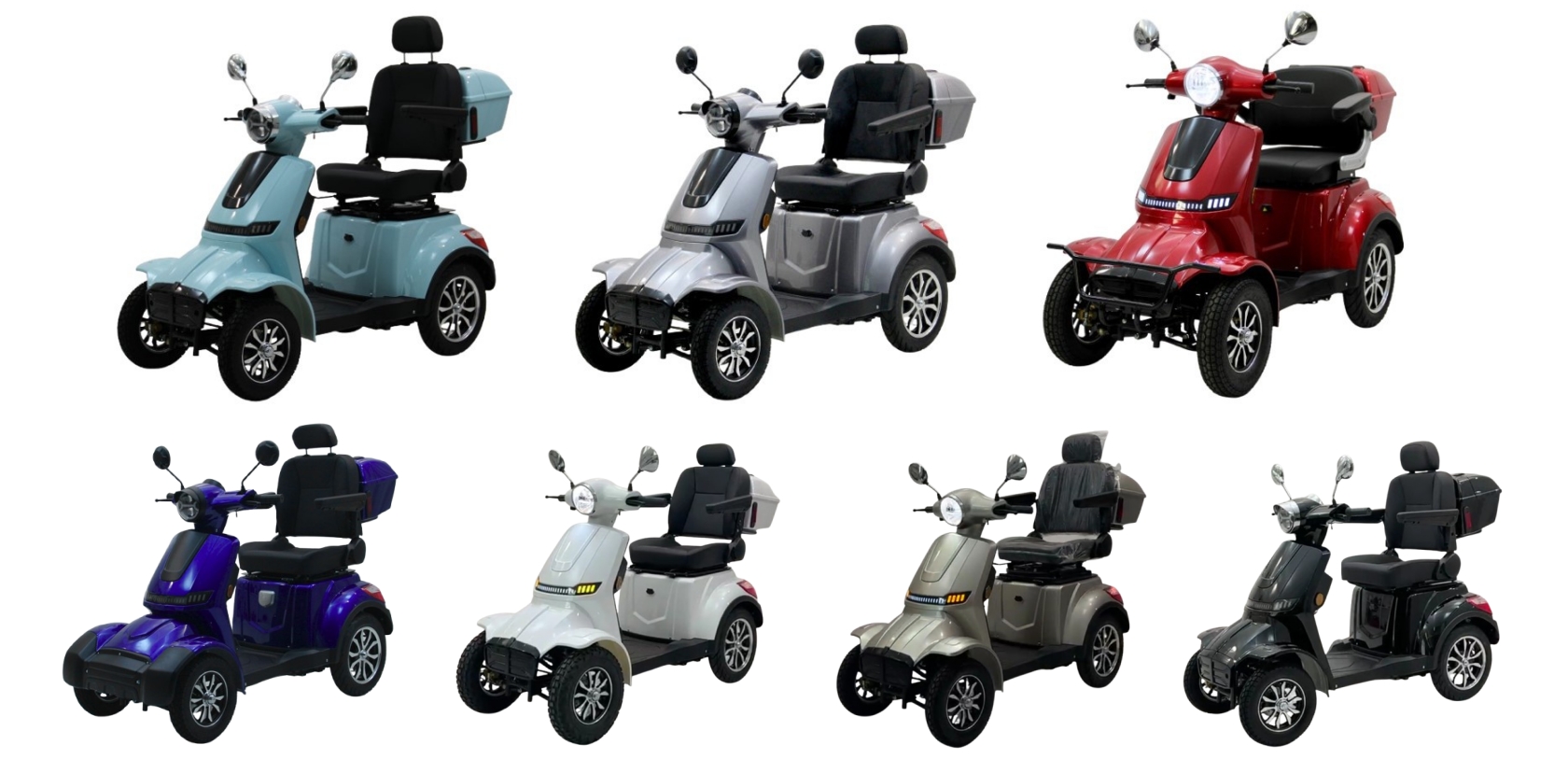Opening an indoor playground involves various legal and regulatory requirements that vary by region. Ensuring that your business is compliant with local laws and properly insured is critical for smooth and safe operations. Below is a general overview of the essential licensing, approvals, and insurance types you’ll need, broken down by region, to help you get your indoor playground up and running.
In Europe, indoor playgrounds are subject to local business licenses, health and safety regulations, and fire safety standards. The specific requirements may vary from country to country, but the general principles are similar.
Licensing and Approvals:
-
Business License: To legally operate an indoor playground, you’ll need to register your business with the local government. This is generally done through the chamber of commerce or a similar authority.
-
Health and Safety Inspections: Your playground will need to meet local health and safety standards, which may include inspections of your play equipment, cleanliness, and general environment. Many countries require regular inspections to ensure compliance with safety guidelines.
-
Fire Safety Approval: You will likely need to obtain fire safety certification from local authorities, which may involve installing fire alarms, extinguishers, and ensuring clear evacuation routes. Many European countries have strict fire safety regulations for public spaces.
Insurance:
-
Public Liability Insurance: This is a must-have for all indoor playgrounds to cover any injuries that occur on your premises.
-
Property Insurance: Protects your playground equipment, furniture, and the building itself from damage or loss due to fire, theft, or natural disasters.
-
Employer’s Liability Insurance: Required if you have employees, this covers injuries or illnesses related to work.
In North America, requirements can differ by state or province, but most indoor playgrounds must comply with similar licensing, health, and safety regulations.
Licensing and Approvals:
-
Business License: To operate an indoor trampoline park, you’ll need to register your business with the appropriate local, state, or provincial authorities. This includes getting a business operating license and sometimes a special use permit.
-
Health and Safety Standards: Local health departments may require periodic inspections to ensure your indoor playground complies with sanitation and child safety standards.
-
Fire Safety and Zoning Approvals: You will need to submit your layout and construction plans to local zoning authorities to ensure your space is compliant with fire safety regulations. This could include installing sprinklers, alarms, and clear signage for evacuation routes.
Insurance:
-
General Liability Insurance: This covers injuries to children or adults while using the playground. It is essential for protecting your business from lawsuits.
-
Workers’ Compensation Insurance: In most states, this is required if you have employees, ensuring coverage for work-related injuries.
-
Property Insurance: Covers the physical location and assets in your playground, protecting against fire, theft, or other types of loss.
In South America, requirements can be more flexible but still require registration and certain safety certifications, especially in urban areas.
Licensing and Approvals:
-
Business Registration: Your indoor playground must be registered with the relevant local or federal government authority, which might involve a commercial license or specialized amusement facility permit.
-
Health and Safety: Ensure compliance with local safety regulations, including equipment inspections, child protection standards, and general safety protocols.
-
Fire Safety: Many countries require fire safety certification, including the installation of fire alarms, emergency exits, and fire extinguishers.
Insurance:
-
Public Liability Insurance: This is crucial for any playground to protect against accidents and injuries on the premises.
-
Property Insurance: Covers your equipment, property, and building against damage, theft, or natural disasters.
-
Workers’ Compensation Insurance: Required in some areas to provide coverage for employee-related accidents.
Licensing and regulations for indoor playgrounds in Asia can vary significantly from country to country. However, the principles of business registration and safety standards are largely the same.
Licensing and Approvals:
-
Business Licensing: You’ll need to register your business with the local government and may require a special amusement permit depending on the country.
-
Health and Safety Regulations: Compliance with safety standards for play equipment and overall cleanliness is crucial. Regular inspections from local authorities might be required.
-
Fire Safety: Ensuring your indoor playground has the appropriate fire prevention measures and emergency exits is vital in most Asian countries.
Insurance:
-
Public Liability Insurance: A must-have to cover any incidents that could lead to injury on your premises.
-
Property Insurance: Protects against the loss or damage of your playground equipment and physical property.
-
Employer’s Liability Insurance: Necessary if you have employees to cover any accidents or health issues related to their work.
Whether you're in Europe, North America, South America, or Asia, every indoor playground must navigate a landscape of licensing and insurance requirements to operate legally and safely. Understanding the local requirements for business registration, health and safety standards, and fire safety approvals is the first step toward achieving compliance. Similarly, having the right insurance coverage, including liability, property, and workers’ compensation, protects your business from unforeseen risks and ensures the safety of both your customers and staff.
✅ Ready to start your indoor playground business?
🚚 Contact sale@xyyplayground.com for more information on licensing and insurance guidance.
